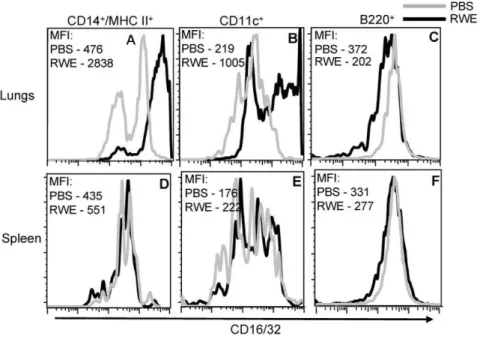FcgammaRIIb inhibits allergic lung inflammation in a murine model of allergic asthma.
Texto
Imagem



Documentos relacionados
encountered increased basement membrane thickening, epithelial injury and heterogeneous eosinophi- lic inflammation in the sinus mucosa of allergic and non- allergic
Ingram Olkin, Professor Emeritus of Statistics and Education at Stan- ford University, Master of multivariate statistical analysis, linear algebra, inequalities, majorization, and
We evaluated the effects of arginase and iNOS inhibition on distal lung mechanics and oxidative stress pathway activation in a model of chronic pulmonary allergic inflammation in
It has already been demonstrated acute Nitric oxide (NO) inhibi- tion, but not chronic treatment, by N ω -nitro-l-arginine methyl ester (l-NAME) is associated with reduction
In the mouse model of OVA-induced asthma, the number of white blood cells (WBCs) in bronchoalveolar lavage fluid (BALF) was significantly increased compared with that of mice
Inflammatory responses to OVA challenge, including nasal symptoms, inflammatory cell infiltration, eosinophil recruitment, up-regulation of T-helper type 2 cytokines in nasal
To determine whether skin-derived TSLP could cause airway hyper-responsiveness in RBP-jCKO mice, we used the OVA-induced model of allergic inflammation and challenged the lung
Objective: To assess the prevalences of asthma, allergic rhinitis, and allergic rhinoconjunctivitis in adolescents in the city of Belo Horizonte, Brazil, in 2012 by administering
In this study, we used two lung disease models: acute lung injury, characterized by innate immune responses and allergic asthma, involving adaptive immune responses, to demonstrate